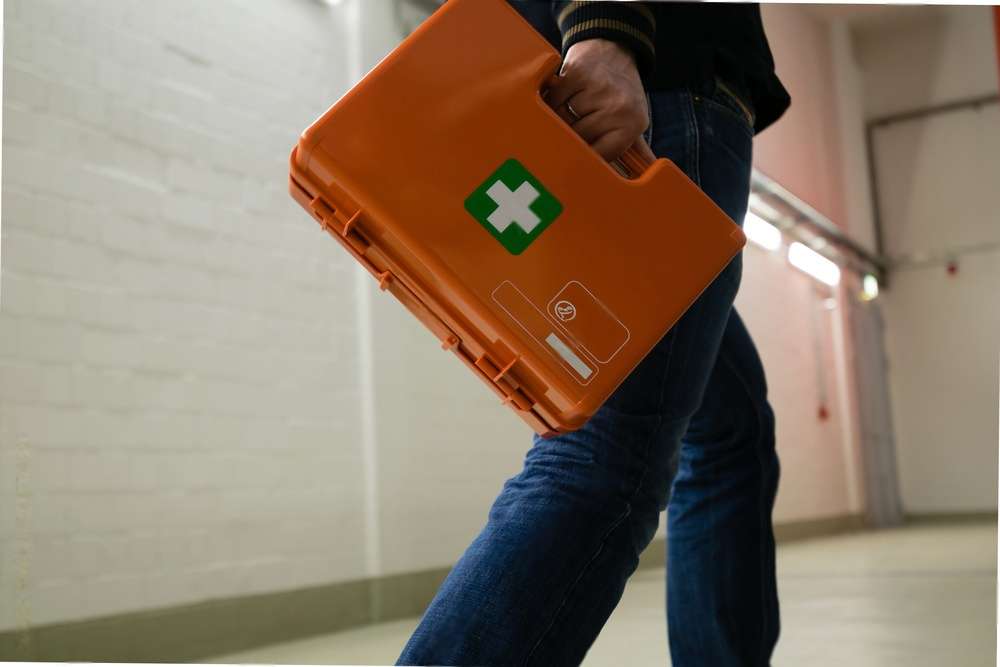- +(971) 2-5555-310
- Info@tiits.ae
- musaffah #35 Abu Dhabi


Participants will learn essential first aid skills, including how to assess a casualty, perform CPR (Cardiopulmonary
Resuscitation), and use an Automated External Defibrillator (AED). Training covers wound care, bandaging
techniques, and management of common injuries such as burns, fractures, and sprains.
Employees will be trained to recognize and respond to various medical emergencies, such as heart attacks, strokes,
allergic reactions, and seizures. Understanding the signs and symptoms of these conditions is crucial for prompt and
appropriate action.
This training focuses on managing traumatic injuries, including severe bleeding, head injuries, and spinal injuries.
Participants will learn how to stabilize patients, prevent further injury, and ensure safe transport to medical
facilities.
Understanding the contents of a first aid kit and how to use each item effectively is vital. This module will provide a
detailed overview of the essential supplies in a workplace first aid kit, including medications, bandages, and other
necessary equipment.
Effective communication is crucial during emergencies. Participants will learn strategies for communicating with
casualties, other employees, and emergency responders. Training emphasizes the importance of remaining calm and
composed in high-stress situations.
Practical, hands-on training scenarios will allow participants to practice their skills in realistic situations. This
includes role-playing exercises and simulations of various emergency scenarios, helping trainees build confidence
and competence.
After a medical emergency, there are essential procedures to follow. This training includes understanding how to
report incidents, document actions taken, and the importance of psychological support for affected individuals.
• Life-Saving Skills:
Empowering employees with first aid knowledge enables them to act quickly and efficiently in
emergencies, potentially saving lives.
• Increased Workplace Safety:
By training staff in first aid and emergency response, organizations foster a culture
of safety and preparedness, reducing the risk of severe outcomes in emergencies.
• Regulatory Compliance:
Many industries require first aid training as part of health and safety regulations. Our
training ensures compliance with these requirements.
• Confidence and Preparedness:
Participants leave the training feeling confident in their ability to manage medical
emergencies and contribute to a safer work environment.
Our First Aid & Emergency Response training programs are suitable for a variety of sectors, including:
• Manufacturing
• Construction
• Healthcare
• Education
• Hospitality
• Transportation